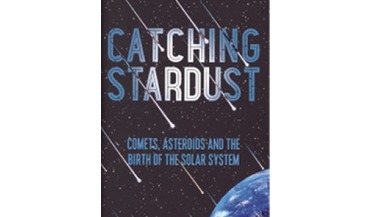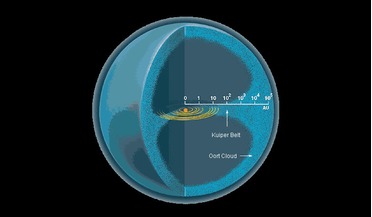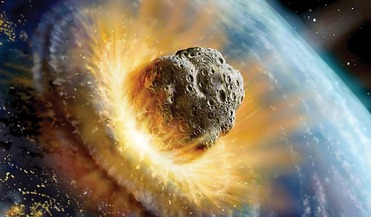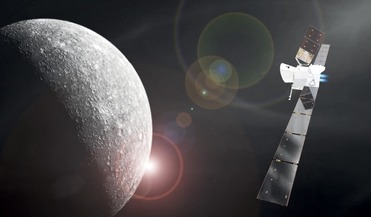 08 April 2019
Catching Stardust: Comets, Asteroids and the Birth of the Solar System
08 April 2019
Catching Stardust: Comets, Asteroids and the Birth of the Solar System
The so-called minor bodies of the solar system, such as comets and asteroids, were little...measurements. This compact primer on the subject begins with the formation of the solar system, placing comets and asteroids in the context of the Earth-Moon ...
 03 February 2017
Astronomers spot a possible dwarf planet on the edges of the Solar System
03 February 2017
Astronomers spot a possible dwarf planet on the edges of the Solar System
Astronomers have discovered a trans-Neptunian object (TNO) – most likely a dwarf planet – at the edges of the Solar System, making it the second-most distant TNO currently known. Known informally as “DeeDee” short for “distant ...
 February 2016
Defending Earth against cosmic hazards
February 2016
Defending Earth against cosmic hazards
...and 12 billion by the end of the century, with corresponding increases in vital infrastructure vulnerable to solar storms and solar flares, the criticality of these solar-based threats will only escalate. The general public has long classified cosmic...
 November 2018
BepiColombo – a mission to explore Mercury
November 2018
BepiColombo – a mission to explore Mercury
...-breaking mission. BepiColombo is Europe’s first mission to explore planet Mercury, the least explored terrestrial planet in our solar system. It is a joint project between the European Space Agency (ESA) and the Japan Aerospace Exploration Agency...
 January 2019
Engineering six-hour solar eclipses with formation flying
January 2019
Engineering six-hour solar eclipses with formation flying
... the coronograph instrument. Millimetre scale positioning between them is able to provide observations of the corona from 1.1 solar radius to three solar radius in natural and polarised white-light [from the range of 540 nanometres (nm) to 570 nm for...
 June 2022
Sunshades in space could help alleviate Earth’s climate crisis
June 2022
Sunshades in space could help alleviate Earth’s climate crisis
... climate change. This leads to the second action to address Earth’s energy imbalance: reducing the incoming solar energy through solar radiation management (SRM). SRM is a type of geoengineering and it can be accomplished in two broad ways. The first...